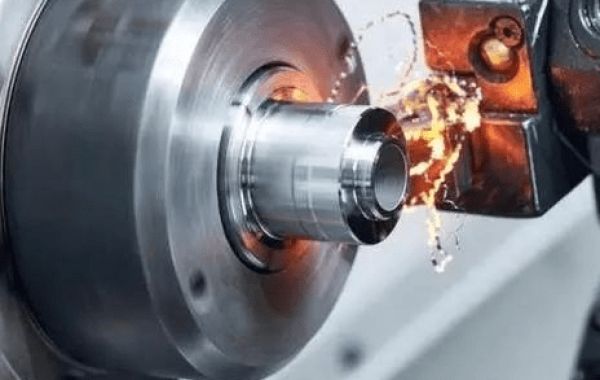There are several reasons why CNC turning of stainless steel can be challenging, such as residual stress, heat generation, and tool wear. However, there are several steps that can be taken to prevent these problems and ensure that the turning process is successful.
- Choose the right tool: The type of tool used for CNC turning stainless steel has a big impact on the outcome of the process. Carbide tools are generally the best choice when working with stainless steel because they are more resilient and long-lasting than high-speed steel tools.
- Use the correct cutting speed and feed: The feed and the cutting speed are two of the most important variables in CNC turning. While cutting speed refers to how quickly the tool moves across the workpiece, feed refers to the depth of cut made. Diverse cutting speeds and feeds are required, depending on the type of stainless steel being turned and the desired surface finish.
- Use a coolant: Coolant is required to prevent heat generation during CNC turning. Coolant helps to lubricate the tool and workpiece in addition to eliminating heat from the cutting zone. The type of coolant used will depend on its specific purpose.
- Use a chip breaker:A chip breaker is a tiny insert that is placed on the cutting tool. The chip breaker assists in breaking up chips that form during cutting so that they don't obstruct the cutting process.
- Use a steady rest: One type of support that prevents the workpiece from vibrating during cutting is called a steady rest. Vibration has the potential to cause chatter, which can damage the tool and workpiece.
- De-stress the workpiece: Remaining stress may have its origin in the cutting process. If there is residual stress, the workpiece might be more prone to distortion and cracking. By heating the workpiece to a certain temperature and then allowing it to cool gradually, the workpiece can be less stressed.
Ensuring the success of stainless steel CNC turning and averting problems can be achieved by following these procedures.








